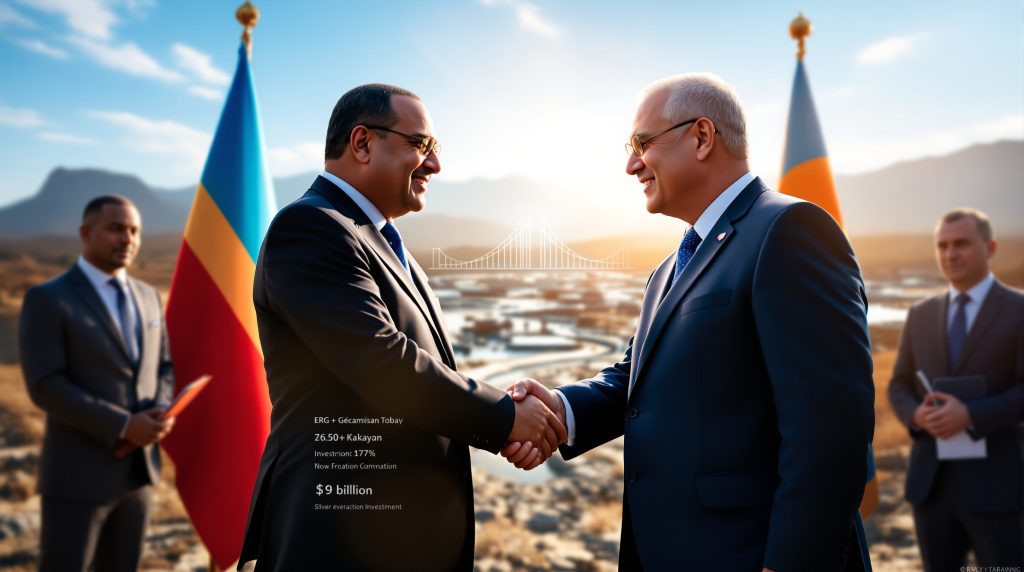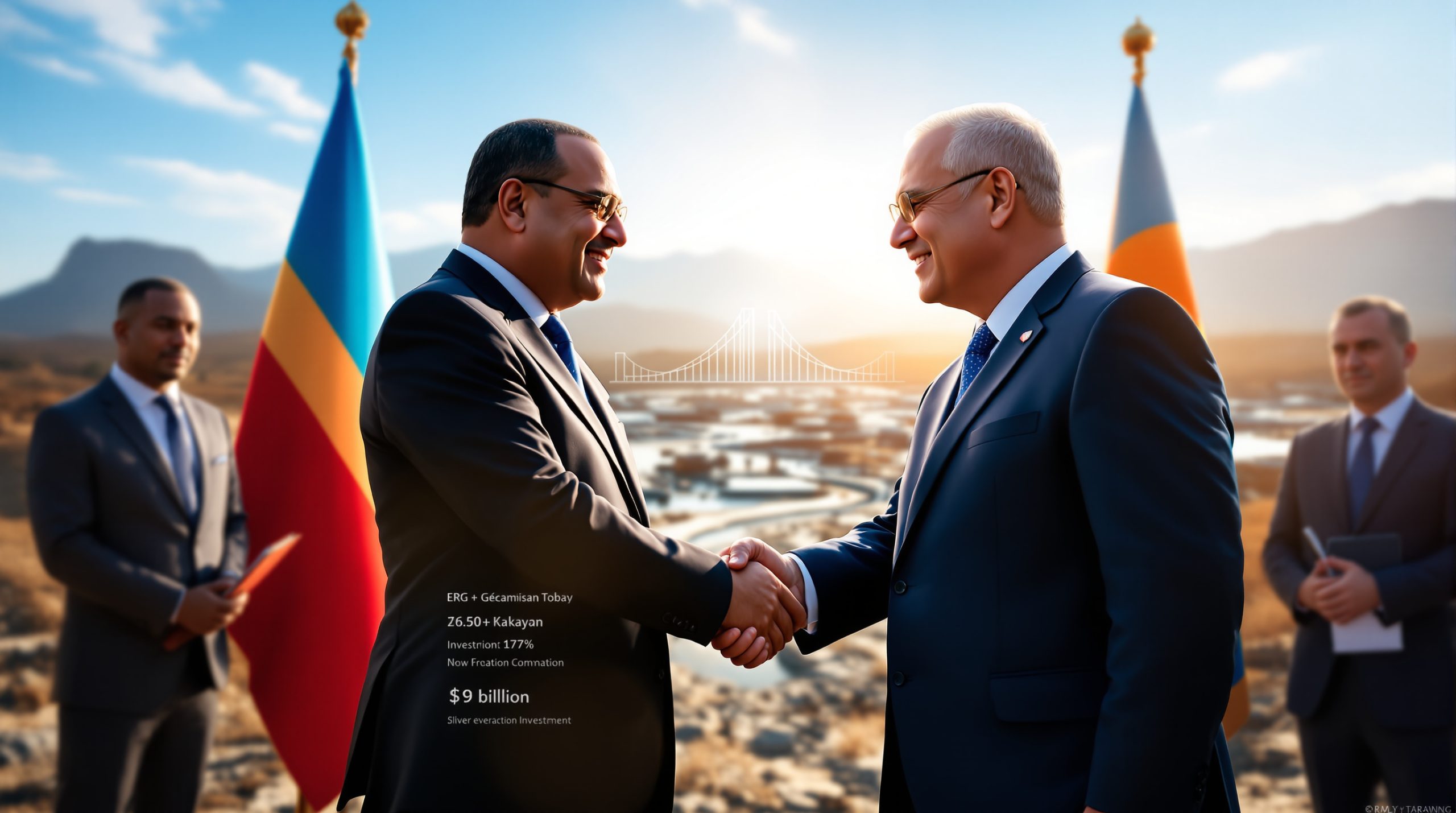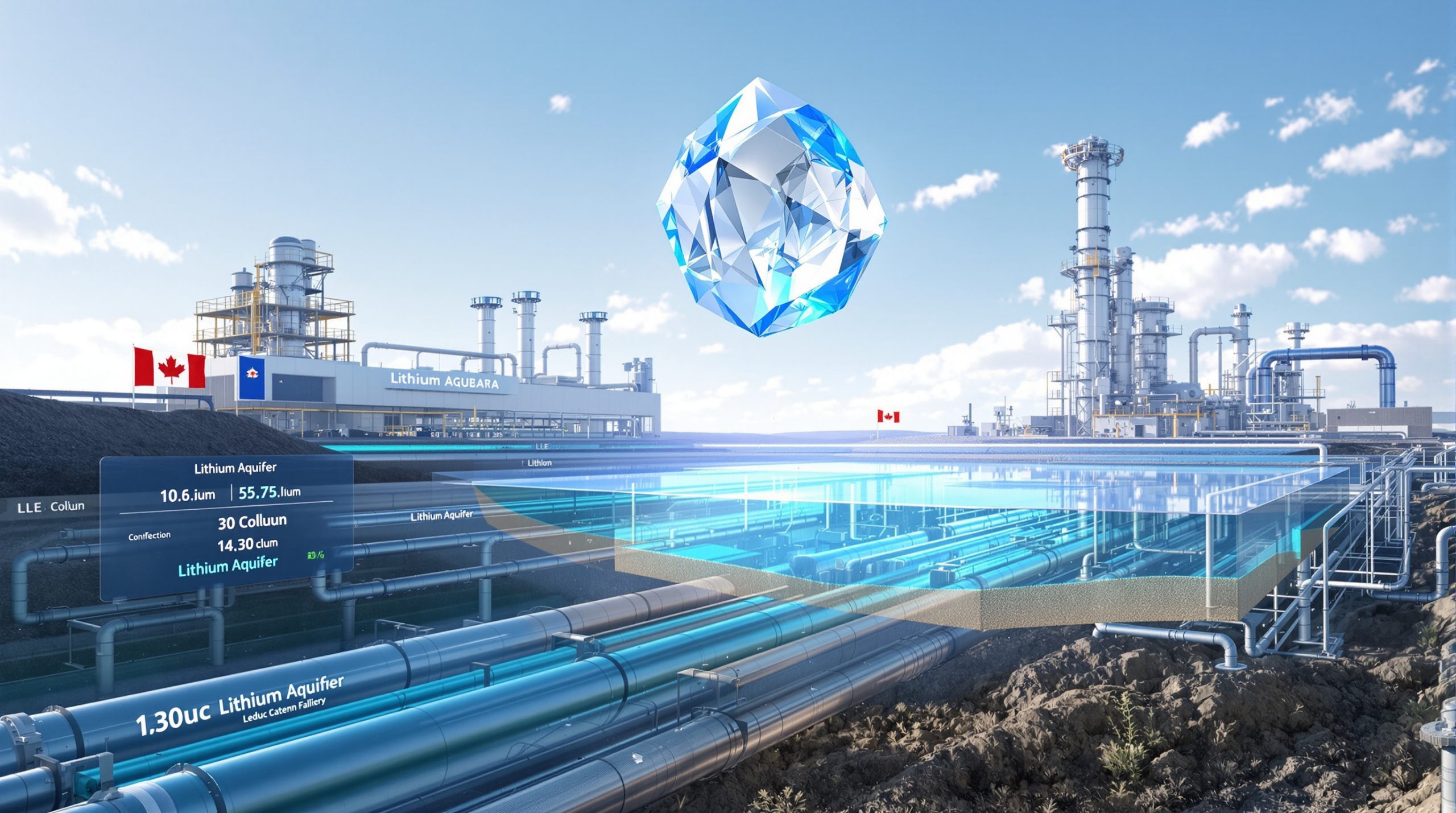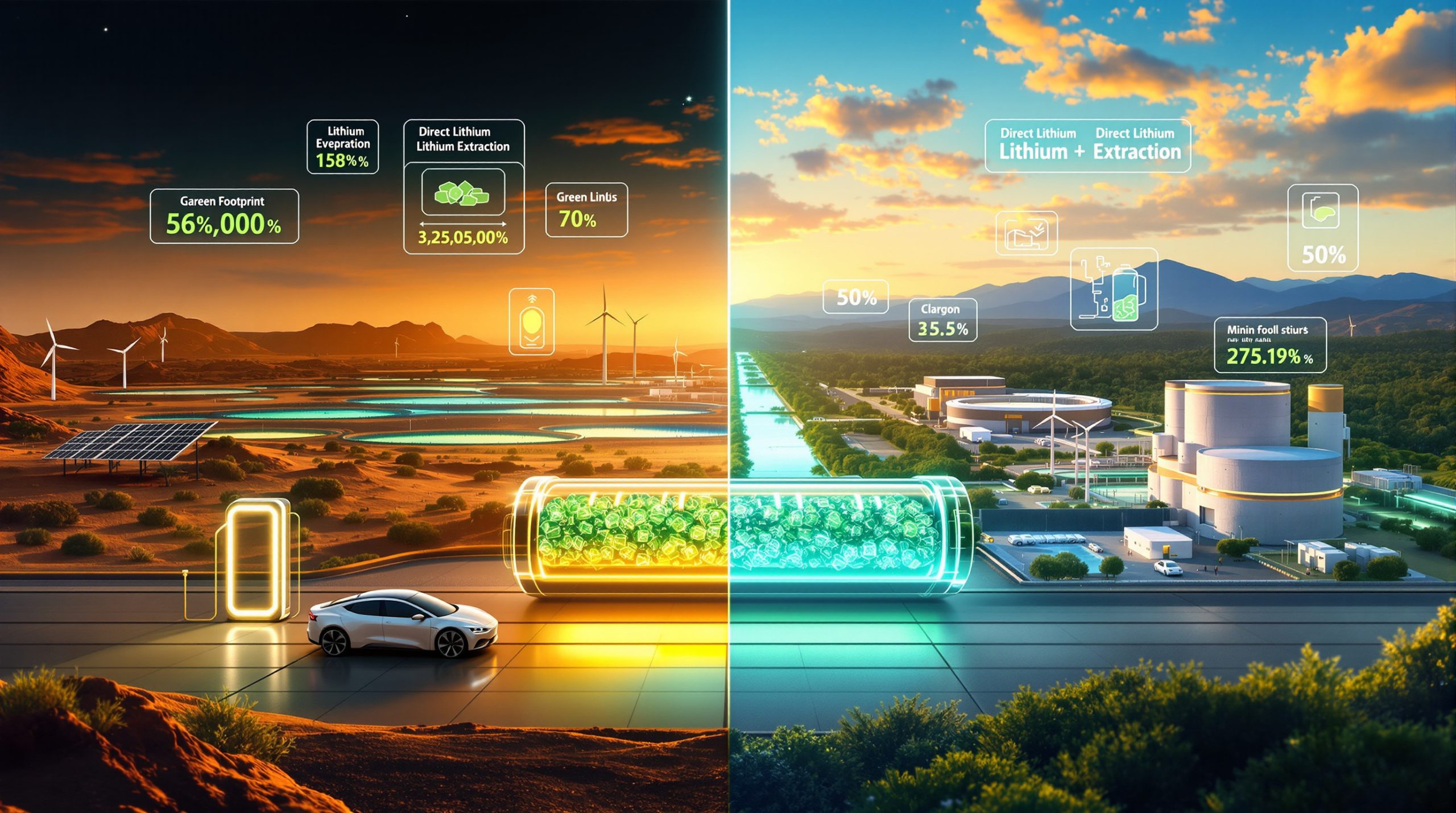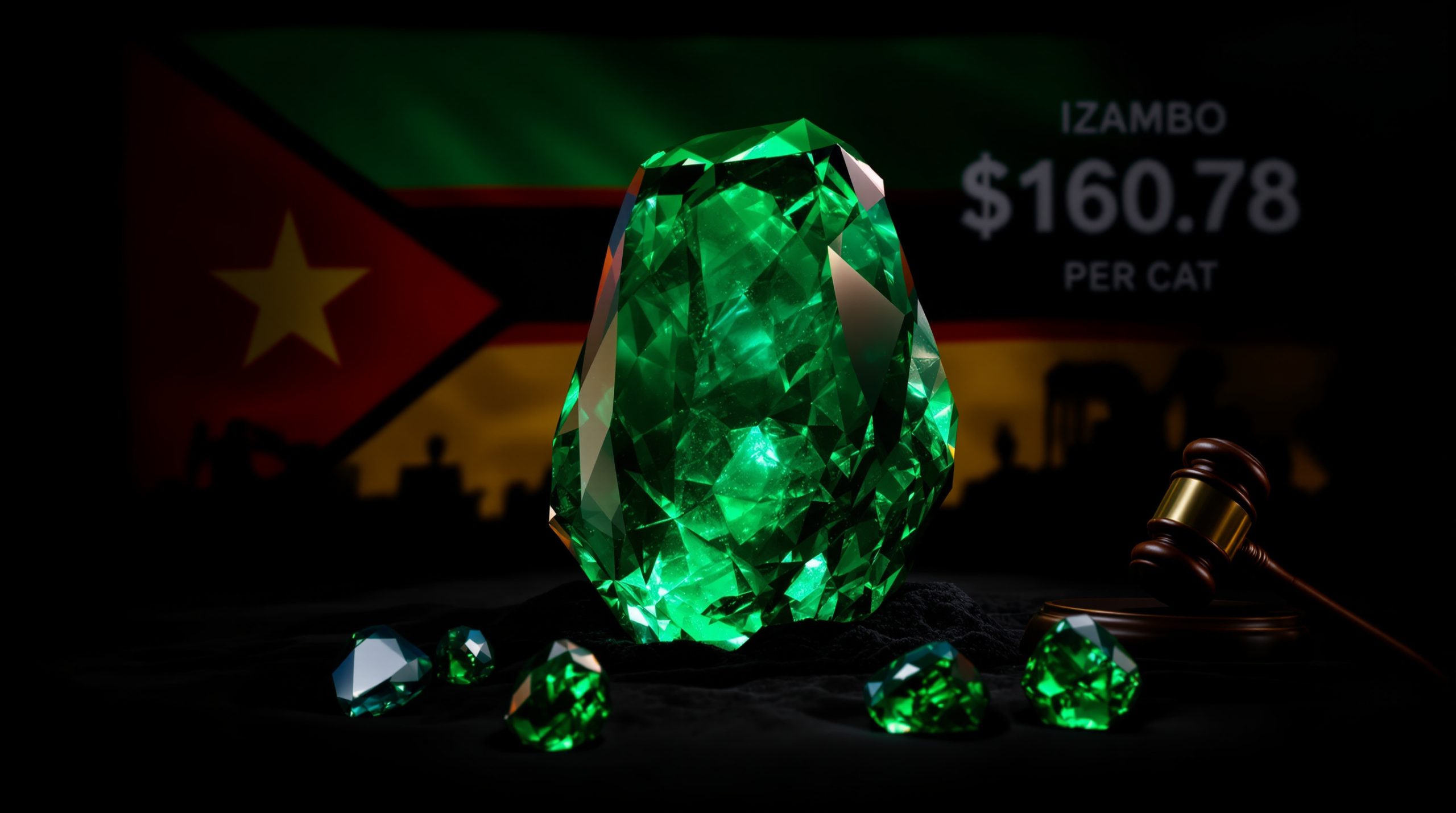Understanding the Swanmines Project Dispute Resolution: A Landmark Settlement
Background of the Mining Conflict
The dispute between Eurasian Resources Group (ERG) and Gécamines, the Democratic Republic of Congo's state-owned mining company, centered on the Swanmines copper and cobalt project in the DRC. This conflict had escalated to formal arbitration at the International Chamber of Commerce (ICC) in Paris, highlighting the significant economic and strategic interests at stake for both parties.
The heart of the dispute involved ERG subsidiaries Africo Resources (DRC) SARL and La Société d'Exploitation des Gisements de Kalukundi SAS (Swanmines), reflecting complex corporate structures common in international mining consolidation trends. While the specific points of contention weren't fully disclosed in public statements, the dispute represented a classic tension between international mining interests and national resource sovereignty.
Strategic Importance of the Project
The Swanmines project represents a critical copper and cobalt resource in the DRC's mineral-rich landscape. Copper and cobalt are essential materials for the global energy transition, with cobalt particularly crucial for battery technology in electric vehicles and renewable energy storage systems.
The DRC holds approximately 70% of global cobalt mining production according to industry estimates, making any major project in this sector strategically significant for international supply chains. As the world accelerates toward electrification and renewable energy adoption, control over cobalt resources has become increasingly important for national economies and global technology companies alike.
The project's significance extends beyond raw material extraction to include mineral beneficiation opportunities, infrastructure development, and technology transfer potential – all factors that likely contributed to the complex negotiations required to resolve the settlement in Swanmines project dispute.
How Was the Settlement Reached?
Diplomatic Breakthrough During State Visit
The settlement was finalized during DRC President Félix-Antoine Tshisekedi Tshilombo's state visit to Kazakhstan in September 2025. This high-level diplomatic engagement underscores the importance both countries placed on resolving the dispute, elevating it from a corporate disagreement to a matter of bilateral relations.
The timing of the settlement during a formal state visit reflects a growing trend in which resource disputes increasingly involve direct engagement by heads of state, recognizing the strategic importance of mining assets to national economies. The meeting took place in Astana and represented President Tshisekedi's first official visit to Kazakhstan, creating a symbolic backdrop for the resolution.
Key Negotiating Parties
The agreement was reached between multiple entities including ERG subsidiaries Africo Resources (DRC) SARL, La Société d'Exploitation des Gisements de Kalukundi SAS (Swanmines), and Gécamines (DRC state mining company).
Key figures present at the signing ceremony included:
- Guy-Robert Lukama, Chairman of the Board, Gécamines
- Placide Nkala Basadilua, Chairman & Managing Director, Gécamines
- Louis Watum, DRC Minister of Mines
- Shukhrat Ibragimov, CEO and Chairman of the Board of Directors, Eurasian Resources Group
- Félix-Antoine Tshisekedi Tshilombo, President of the DRC
The involvement of both presidents and high-ranking government officials highlights the strategic significance of the agreement and its importance to bilateral relations between Kazakhstan and the DRC.
From Arbitration to Negotiation
Rather than continuing with the arbitration process at the ICC in Paris, the parties opted for a negotiated settlement. This shift from adversarial legal proceedings to cooperative negotiation represents a significant diplomatic achievement and potentially saves both parties substantial legal costs and time.
The decision to resolve the dispute through direct negotiation rather than international arbitration may reflect recognition of the strategic partnership potential beyond the immediate project. By choosing negotiation over arbitration, the parties demonstrated a commitment to long-term cooperation that might have been damaged through continued legal confrontation.
What Are the Key Terms of the Settlement?
Restructured Partnership Framework
The settlement establishes a new cooperative framework that increases Gécamines' participation in the Swanmines project. This restructuring reflects the DRC government's ongoing efforts to secure greater national benefits from its natural resources.
While specific percentages and financial terms were not disclosed publicly, the increased participation for Gécamines aligns with broader trends in resource-rich countries seeking to maximize domestic benefits from extractive industries. The new framework likely involves revised ownership structures, profit-sharing arrangements, and governance mechanisms that give the state-owned company greater influence over project development and operations.
Commitment to Project Development
Both parties have committed to advancing the development of the project, which had previously stalled due to the dispute. This renewed commitment promises economic benefits for local communities and stakeholders in the DRC.
The agreement specifically mentions advancing development "in the interest of stakeholders and local communities," suggesting a focus on shared benefits beyond pure profit extraction. This language reflects evolving mining strategies to deliver tangible socioeconomic benefits to host communities and contribute to broader national development goals.
End to Legal Proceedings
The settlement terminates all claims that had been referred to arbitral tribunals under the International Chamber of Commerce in Paris, bringing legal clarity and stability to the project.
This clean legal slate removes a significant impediment to project advancement and allows the parties to focus on implementation rather than litigation. The decision to end formal arbitration proceedings also signals confidence in the negotiated solution and commitment to the new partnership framework.
Why Is This Settlement Significant for Mining in Africa?
Model for Dispute Resolution
The Swanmines settlement could serve as a model for resolving similar disputes between international mining companies and state-owned enterprises across Africa. The ability to reach a negotiated solution rather than pursuing protracted legal battles demonstrates a maturing approach to resource governance.
The resolution shows how high-level diplomatic engagement can unlock corporate impasses, potentially offering a template for other countries facing similar challenges. By involving presidents from both nations, the parties elevated the dispute resolution process beyond technical or legal considerations to encompass broader strategic interests.
Strengthening State Participation
The increased participation for Gécamines aligns with broader trends across Africa where governments are seeking greater stakes and control in mining projects. This reflects evolving expectations about the balance between foreign investment and national benefit.
Countries like Tanzania, Zambia, and Ghana have similarly pursued greater state participation in mining projects, indicating a continental shift toward resource nationalism. The settlement in Swanmines project dispute demonstrates how such objectives can be achieved through negotiation rather than unilateral regulatory changes that might discourage foreign investment.
Diplomatic-Commercial Integration
The settlement highlights how mining disputes increasingly involve diplomatic relations between countries, not just commercial entities. The presence of both countries' presidents during the announcement emphasizes the geopolitical dimensions of major mining projects.
This integration of commercial and diplomatic interests represents a significant evolution in how mining deals are structured and disputes resolved. By framing the settlement within broader bilateral relations, the parties created additional incentives for successful implementation and ongoing cooperation.
What Are the Economic Implications of the Settlement?
Investment Continuity in the DRC
ERG has invested more than $9 billion in the DRC since 2009 and employs over 4,300 people in the country. The settlement ensures this significant foreign investment continues, providing economic stability in a sector crucial to the DRC's economy.
The preservation of these investments and jobs has immediate economic implications for the DRC, where the mining sector is a critical contributor to GDP, export earnings, and formal employment. By resolving the dispute amicably, the parties avoided potential disruption to these economic contributions while establishing a framework for potential expansion.
Tax and Royalty Contributions
According to official statements, ERG has paid approximately $1.5 billion in taxes and royalties to the Congolese state over the past three years. The resolution of the dispute secures this revenue stream for the DRC government.
These substantial fiscal contributions highlight the importance of maintaining stable mining operations for government budgets and public services. The settlement ensures continuity of these payments while potentially restructuring future revenue flows to increase the DRC's share through Gécamines' enhanced participation.
Project Development Timeline
With the dispute resolved, development of the Swanmines project can now proceed, potentially creating additional jobs, infrastructure improvements, and economic activity in the region.
While specific timelines for project advancement were not disclosed in the settlement announcement, the removal of legal obstacles clears the path for implementation planning. The project's development will likely contribute to local economic development through direct employment, supply chain opportunities, and community investment programs.
How Does This Settlement Impact Bilateral Relations?
Kazakhstan-DRC Relationship
The settlement coincided with strengthened diplomatic ties between Kazakhstan and the DRC. Kazakh President Kassym-Jomart Tokayev described President Tshisekedi's visit as "carrying great significance" for strengthening ties between Central Asia and Africa.
This characterization suggests the mining settlement serves as a foundation for broader cooperation between the two nations. As countries with significant mineral resources, Kazakhstan and the DRC share common interests in resource governance, value addition, and sustainable development of extractive industries.
Regional Connectivity
President Tshisekedi framed the visit as an opportunity to "strengthen ties and cooperation not only between our countries but also more broadly between the African region and Central Asia," suggesting broader geopolitical implications beyond the mining sector.
This perspective positions the settlement within an emerging south-south cooperation framework that could create new economic and diplomatic channels between regions traditionally oriented toward European, American, or Asian partnerships. The emphasis on regional connectivity indicates potential for expanded trade, investment, and political coordination beyond bilateral relations.
Corporate Diplomacy
ERG's CEO Shukhrat Ibragimov emphasized that the agreement reflects "a new chapter of collaboration" and welcomed "the enhanced bilateral relationship between Kazakhstan and the DRC, including in the metals and mining sector, where both countries have a unique position and very strong potential."
This statement highlights how multinational corporations increasingly function as diplomatic actors, facilitating relationships between nations where they operate. ERG's position as a major investor in both countries places it in a unique position to bridge national interests and facilitate cooperation beyond its immediate commercial concerns.
What Does This Mean for Future Mining Partnerships?
Template for Conflict Resolution
The successful resolution provides a potential template for addressing disputes in other mining projects across Africa, where tensions between foreign investors and national interests frequently arise.
The Swanmines settlement demonstrates how structured negotiations, high-level diplomatic engagement, and a focus on mutual benefits can transform contentious disputes into productive partnerships. Other mining companies and host governments may look to this case when developing frameworks for conflict prevention and resolution.
Balancing Foreign Investment and National Interest
The settlement demonstrates that mutually beneficial outcomes are possible when balancing the need for foreign investment with national economic interests and resource sovereignty.
Rather than viewing these interests as inherently contradictory, the parties found common ground that accommodates both ERG's need for operational certainty and investment returns and the DRC's desire for increased benefits from its natural resources. This balanced approach potentially offers a more sustainable model than either unrestricted foreign control or aggressive resource nationalism.
Stakeholder Inclusion
The agreement's emphasis on advancing development "in the interest of stakeholders and local communities" signals a more inclusive approach to mining development that considers broader societal impacts.
This language reflects evolving global norms regarding corporate social responsibility, environmental stewardship, and community engagement in extractive industries. Future mining partnerships may increasingly incorporate explicit commitments to local benefit-sharing, sustainable development, and stakeholder participation in project governance.
How Will This Impact Global Copper and Cobalt Markets?
Supply Chain Implications
The resolution potentially secures additional copper and cobalt supply for global markets, which is particularly significant given the growing demand for these metals in renewable energy technologies and electric vehicles.
With ERG being one of the world's largest producers of cobalt and copper, the settlement provides greater certainty for downstream industries reliant on stable supply. Automotive manufacturers, battery producers, and renewable energy developers all depend on predictable access to these critical minerals for production planning and copper price insights.
Market Stability
Clarity around major projects like Swanmines contributes to market stability by reducing uncertainty about future supply availability, potentially affecting global pricing and investment decisions in the sector.
Mining project delays and disruptions can create significant price volatility in mineral markets, particularly for relatively concentrated resources like cobalt. By resolving the dispute and committing to project development, the parties contribute to more stable market conditions that benefit both producers and consumers.
Strategic Resource Access
For ERG, securing continued access to the DRC's cobalt resources maintains its position as one of the world's largest producers of this strategic metal, enhancing its competitive position in global markets.
In an era of increasing resource competition and supply chain security concerns, guaranteed access to critical mineral deposits represents a significant strategic advantage. The settlement ensures ERG can continue to meet customer demand while potentially expanding production to address growing market needs as energy transition accelerates globally.
What Lessons Can Be Learned from the Swanmines Settlement?
Importance of High-Level Engagement
The involvement of presidents from both countries demonstrates that high-level political engagement can be crucial in resolving complex mining disputes with significant economic implications.
When mining disputes escalate beyond technical or legal considerations to involve fundamental questions of resource sovereignty and economic development, executive-level involvement may be necessary to break impasses. The Swanmines case shows how presidential engagement can create political momentum for resolution that might not emerge from standard corporate negotiations.
Value of Negotiated Solutions
The shift from arbitration to negotiated settlement highlights the potential benefits of finding cooperative solutions rather than pursuing adversarial legal processes.
While international arbitration provides important protections for foreign investors, it often results in winner-take-all outcomes that damage long-term relationships. The parties' decision to pursue negotiation demonstrates recognition that maintaining productive partnerships may be more valuable than securing favorable legal judgments.
Transparency in Agreements
While specific details of the settlement terms remain limited in public disclosures, the emphasis on moving forward "in the interest of stakeholders and local communities" suggests recognition of the importance of transparency and shared benefits.
Future mining agreements and dispute resolutions may benefit from even greater transparency regarding specific terms, benefit-sharing mechanisms, and implementation timelines. Clear public communication about how mining projects will contribute to local and national development can build broader stakeholder support and reduce future conflicts.
FAQ: Swanmines Project Dispute Settlement
When was the settlement between ERG and Gécamines announced?
The settlement was announced in September 2025 during the DRC President's state visit to Kazakhstan.
What minerals are involved in the Swanmines project?
The Swanmines project focuses on copper and cobalt extraction in the Democratic Republic of Congo.
How long had the dispute been ongoing?
The exact duration wasn't specified in public disclosures, but the dispute had escalated to formal arbitration proceedings at the International Chamber of Commerce in Paris before being resolved.
What is ERG's economic footprint in the DRC?
ERG has invested more than $9 billion in the DRC since 2009, employs over 4,300 people, and has paid approximately $1.5 billion in taxes and royalties over the past three years.
Who were the key figures involved in the settlement?
Key figures included DRC President Félix-Antoine Tshisekedi Tshilombo, Kazakh President Kassym-Jomart Tokayev, ERG CEO Shukhrat Ibragimov, Gécamines Chairman Guy-Robert Lukama, Gécamines Chairman & Managing Director Placide Nkala Basadilua, and DRC Minister of Mines Louis Watum.
What changes to the project structure were announced?
While specific details weren't fully disclosed, the settlement in Swanmines project dispute increases Gécamines' participation in the project and commits both parties to advancing development for the benefit of stakeholders and local communities.
Want to Stay Ahead of Major Mineral Discoveries?
Discovery Alert's proprietary Discovery IQ model delivers instant notifications when significant mineral discoveries are announced on the ASX, providing traders and investors with actionable insights before the broader market reacts. Explore historic returns from major discoveries at https://discoveryalert.com.au/discoveries/ and position yourself for the next major opportunity.
